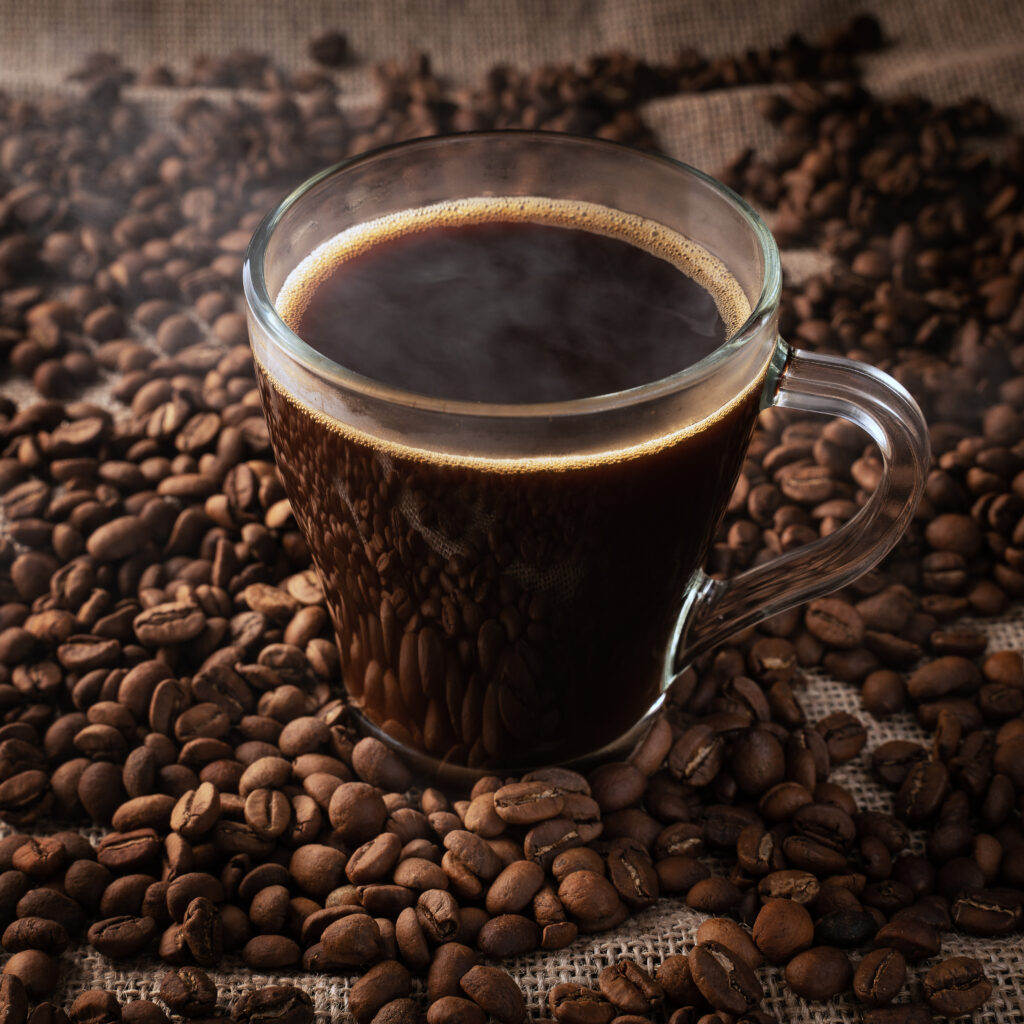
As a coffee machine manufacturer working with global buyers, I’ve learned that the beans you choose define the brew—and the brand. While “specialty coffee” trends come and go, these 10 legendary beans remain the gold standard for roasters and cafés worldwide. Let’s explore their origins, flavor profiles, and why understanding them matters for exporters and machine users alike.
1. Blue Mountain (Jamaica)
Why It’s Legendary: Grown on the misty slopes of Jamaica’s Blue Mountains, this bean is a global benchmark for mildness and balance. Its low acidity and creamy texture make it a favorite for espresso blends.
Key Fact: Only 5% of Jamaican coffee qualifies as “Blue Mountain,” driving prices up to $50/lb.
Brew Tip: Requires precise temperature control—over-extraction ruins its delicate floral notes.
2. Geisha/Gesha (Ethiopia/Panama)
Why It’s Legendary: Born in Ethiopia’s Sidamo region, this heirloom variety exploded when Panamanian Hacienda La Esmeralda won global cupping competitions in the 2000s.
Flavor Profile: Jasmine-like aroma, tropical fruit, and a tea-like finish.
Brew Tip: High elevation beans (1,600–2,000m) mean a faster extraction time to preserve acidity.
3. Gesha Typica (Ethiopia)
Why It’s Legendary: The original Geisha ancestor, grown in Ethiopia’s Yirgacheffe region. Brighter and more herbal than its Panamanian cousin.
Market Note: Small-batch roasters prioritize it for pour-over and AeroPress enthusiasts.
4. Bourbon (Rwanda/Uganda)
Why It’s Legendary: A natural mutation of Typica, Bourbon thrives in high altitudes. Rwanda’s Bourbon varietals (e.g., Bourbon Amarelo) are celebrated for wine-like acidity.
Technical Insight: Requires medium-fine grind to avoid under-extraction in semi-automatic machines.
5. Typica (El Salvador)
Why It’s Legendary: The “mother bean” of many modern varieties, Typica produces clean, nutty cups with hints of caramel.
Unique Twist: El Salvador’s Cerro Verde cooperative grows heirloom Typica at 1,200m—prized for filter coffee.
6. SL28/SL34 (Kenya)
Why It’s Legendary: Kenyan superstars selected for drought resistance and high yields. Their blackcurrant acidity and blackberry finish dominate African auctions.
Brew Tip: Use a V60 or Clever Dripper to highlight their juicy mouthfeel.
7. Maragogype (Mexico)
Why It’s Legendary: A giant bean variety from Chiapas, Mexico, known for its low acidity and chocolatey sweetness.
Fun Fact: The beans are 20–30% larger than standard sizes, making them visually striking for specialty bags.
8. Gesha (Costa Rica)
Why It’s Legendary: Costa Rican Geisha is juicier and sweeter than Panamanian versions, with pineapple-like brightness.
Market Demand: Costa Rica’s Tarrazú region exports 80% of its Geisha to Japan’s third-wave cafés.
9. Mocca (Yemen)
Why It’s Legendary: Yemeni Mocca (often misspelled “Mocha”) offers smoky, spiced notes with dates and dark chocolate. Its unique terroir—high-altitude Yemeni plateaus—makes it irreplaceable.
Challenge: Exporters face strict organic certifications due to traditional dry-processing methods.
10. Robusta (Vietnam)
Why It’s Legendary: Not just for instant coffee! High-end Robusta from Vietnam’s Central Highlands is used in espresso blends for intense crema and chocolate undertones.
Brew Tip: Requires higher water pressure (9–10 bars) to extract its bold flavors.
Why These Beans Matter for Coffee Machine Exporters
- Regional Preferences:
- Europe favors single-origin Typica or Bourbon.
- Asia’s K-pop cafés lean into Geisha’s Instagrammable appeal.
- Middle Eastern markets blend Mocca with cardamom.
- Machine Compatibility:
- Espresso machines with PID controllers excel with Geisha’s delicate acidity.
- Drip systems need coarse grinds for Maragogype’s large beans.
- Sustainability Trends:
- Buyers in Scandinavia prioritize Fair Trade and Rainforest Alliance-certified beans (e.g., Ethiopian Yirgacheffe).
- Compostable packaging is non-negotiable for Costa Rican Geisha brands.
Avoid These Mistakes
- Mislabeling: Calling “Ethiopian Yirgacheffe” a “Bourbon”—it’s a cardinal sin in specialty circles.
- Over-roasting: Geisha loses its floral notes if roasted beyond City+ level.
- Ignoring water quality: Hard water ruins SL28’s brightness. Install a reverse osmosis system for café clients.
The Future of Legendary Beans
Climate change is reshaping production:
- Rwanda’s Bourbon: Farmers are adopting shade-grown techniques to combat rising temps.
- Honduras’ Lempira: A Bourbon descendant gaining fame as a “heirloomRobusta” hybrid.
Final Takeaway
Whether you’re brewing Blue Mountain for a Tokyo café or Robusta for a Milanese espresso bar, knowing your beans builds credibility. Pair this knowledge with machines engineered for precision—like our commercial grinders with adjustable burr settings—and you’ll deliver the perfect cup, every time.
Ready to Elevate Your Coffee Game?
Our team specializes in region-specific brewing solutions. Let’s match your machines to the beans that define global coffee culture.
Contact us to discuss custom setups for your target markets.

